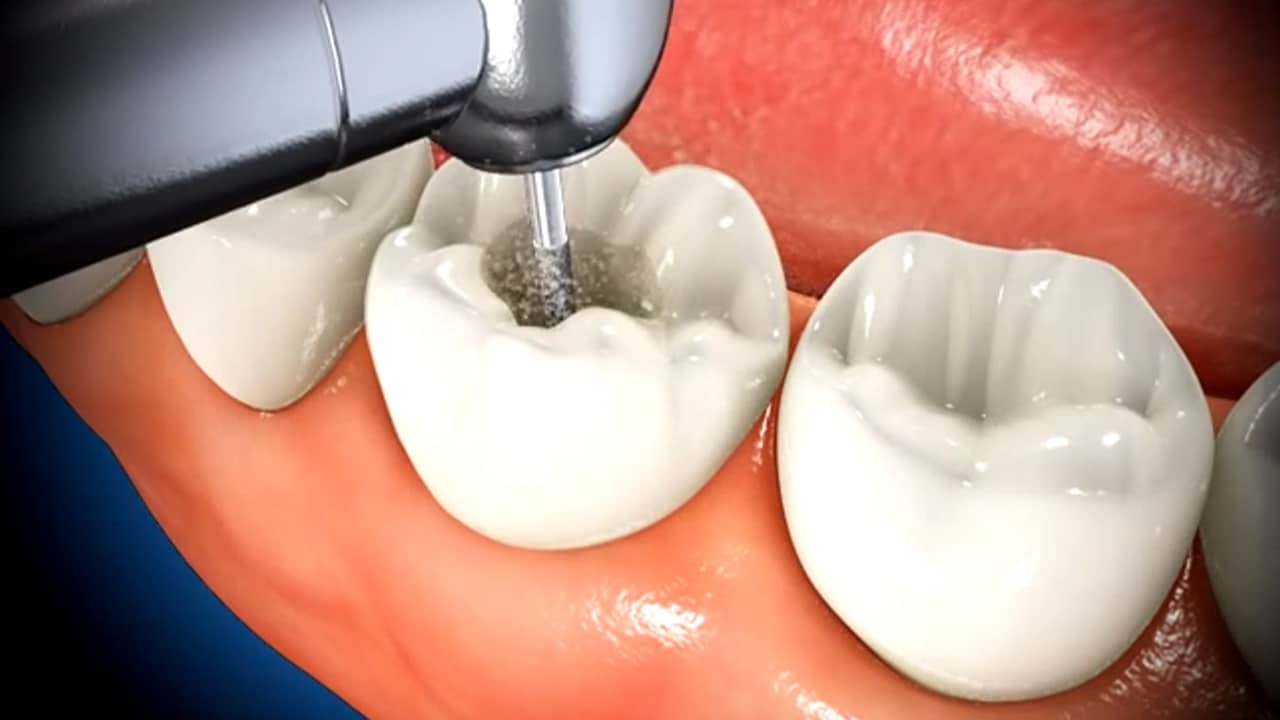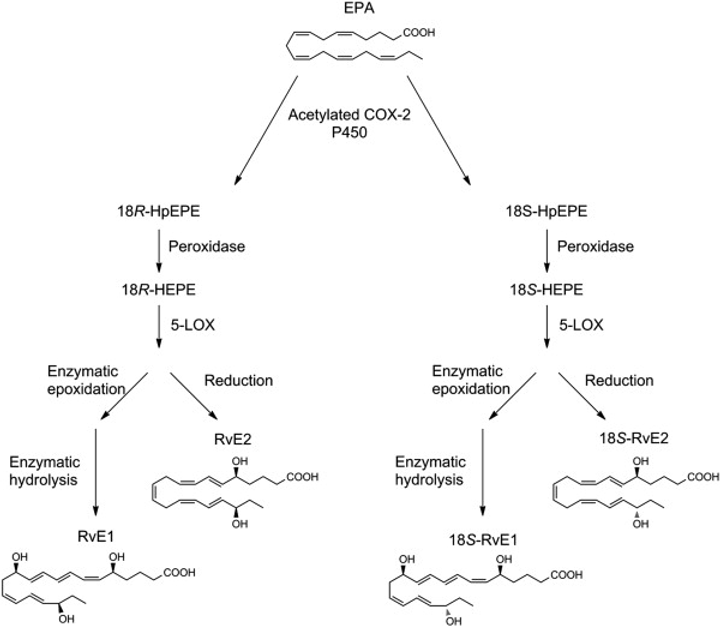A breakthrough in dental care may soon save you from the anxiety-inducing sounds of dental drills and the hassle of root canal treatments. Researchers are investigating a new method to fight advanced tooth decay that could make dental drills obsolete.
This promising approach focuses on molecules known as resolvins, which have the potential to regenerate damaged dental pulp. The implications of this discovery are profound, offering hope that the often-dreaded root canal procedures could become a thing of the past.
Pulpitis, which refers to inflammation of the dental pulp, is a condition that can become a serious health problem if left untreated. It often occurs due to tooth decay, cracks in the tooth or injuries, which may lead to infections that compromise the vitality of the dental pulp and cause severe pain.
Traditionally, root canal treatments are used to treat infections within the dental pulp. These procedures involve meticulous removal of the infected tissue, followed by filling the resulting void with a biocompatible material. Although effective, root canal treatment is not without its drawbacks.
As Van Dyke explains, “Root canal treatment (RCT) is effective, but it has some problems as you remove significant parts of the dentin and the tooth dries out resulting in a greater risk of fracture down the road. Our goal is to find a method to regenerate of the pulp, rather than filling the root canal with inert material’.
At the core of this innovative approach are resolvins, with particular emphasis on Resolvin E1 (RvE1). Resolvins are part of a wider category known as Specialized Pro-Resolving Mediators (SPMs), which play a critical role in controlling excessive inflammation resulting from infection and disease.
The research findings are promising. When RvE1 is applied directly to infected or damaged dental pulp, it exhibits significant regenerative properties, particularly when the pulp is still viable. However, in cases where the dental pulp is severely infected or dead, RvE1 may not cause regeneration, but slows the rate of infection and reduces inflammation.
“In infected pulps exposed to the oral environment for 24 hours, RvE1 suppressed inflammatory infiltration, reduced bacterial invasion of root canals, and prevented the development of apical periodontitis, while its pro-regenerative effect was limited,” the researchers reported.


It’s important to note that this study was conducted on mice, not humans. Therefore, further research and clinical trials are needed to determine whether RvE1 has similar regenerative effects in humans and whether it is safe for use in dental procedures.
Despite the need for further research, this discovery has generated considerable excitement among scientists and dental professionals. They see the potential for transformative change in dentistry and beyond.
Van Dyke notes, “The application of RvE1 to dental pulp promotes the formation of the type of stem cells that can differentiate into dentin (tooth), bone, cartilage or fat. This technology has enormous potential for the field of regenerative medicine beyond from the tissues to the teeth”.


Indeed, the implications of this approach extend far beyond dentistry. The regenerative properties of resolvins could be applied to bone growth and repair in various parts of the body, suggesting a broad impact in regenerative medicine.
While there is still much work to be done before this innovative treatment becomes widely available, the promise it holds for revolutionizing dental care and regenerative medicine is undeniable. For those who have endured the discomfort and stress associated with traditional root canal procedures, the prospect of a less invasive and more effective alternative is a beacon of hope.
The future of dentistry is brighter with the potential of resolvins to reshape dental health and regenerative medicine.


